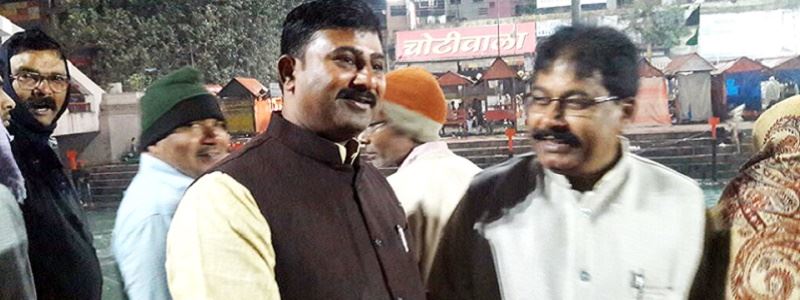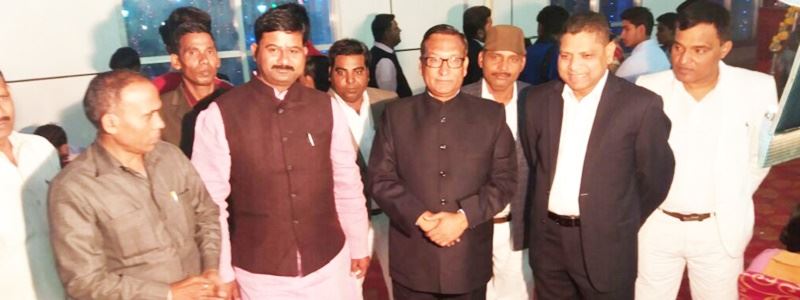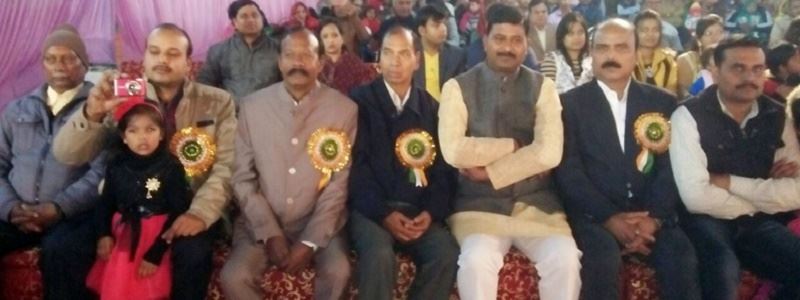Prashant Rai
Bahujan Samaj Party
Bahujan Samaj Party, popularly known as the BSP, is a significant national political party in India. It was founded in 1984 by Kanshi Ram, a member of the Dalit community. The word ‘bahujan’ literally means ‘the majority of the people’ and ‘samaj’ means ‘society’. The BSP is symbolic to the ‘Majority of People’, representing mainly the oppressed sections of the society such as the Scheduled Castes, the Scheduled Tribes, Other Backward Classes as well as religious minorities. It has a socialist ideology, which is “Social Transformation and Economic Emancipation” of the “Bahujan Samaj” or the backward communities. Kanshi Ram was deeply inspired by the teachings of Dr. B.R. Ambedkar, who was lovingly called Babasaheb, the principal architect of the Constitution of India. The BSP raises its strong voice against the ‘Manuwadi’ social system practiced by upper-caste Hindus, especially Brahmins, as well as by the elite sections of the society. Kanshi Ram was succeeded by Mayawati as President of the BSP in 1993, due to Kanshi Ram’s deteriorating health. Bahujan Samaj Party has its main base is in the state of Uttar Pradesh, where Mayawati served as Chief Minister for four terms, before losing the seat to the rival Samajwadi Party in 2012.
The Election Symbol of the BSP, as approved by the Election Commission of India, is an ‘Elephant’ which is facing left. This symbol is used by the BSP in all states except Assam and Sikkim, where the party must choose another symbol. Presently these two states do not have the presence of the BSP in the elections, so the symbol to be used in these two states has not yet been decided. There is an immense significance attached to the symbol used by the BSP. An elephant symbolizes physical strength and will-power. It is a giant animal and is usually very peaceful. This inherent meaning is applied to mean the huge population of the ‘Bahujan Samaj’ or the down-trodden sections of the society. It is not only a very large section of the society, but the lower-caste and minority sections have great physical and mental strength and can fight all battles, however difficult. The struggle against the upper-castes as well as the oppression faced by them, is symbolized by the use of the ‘elephant’ – it is tough, fearless, peaceful as well as full of strength.




